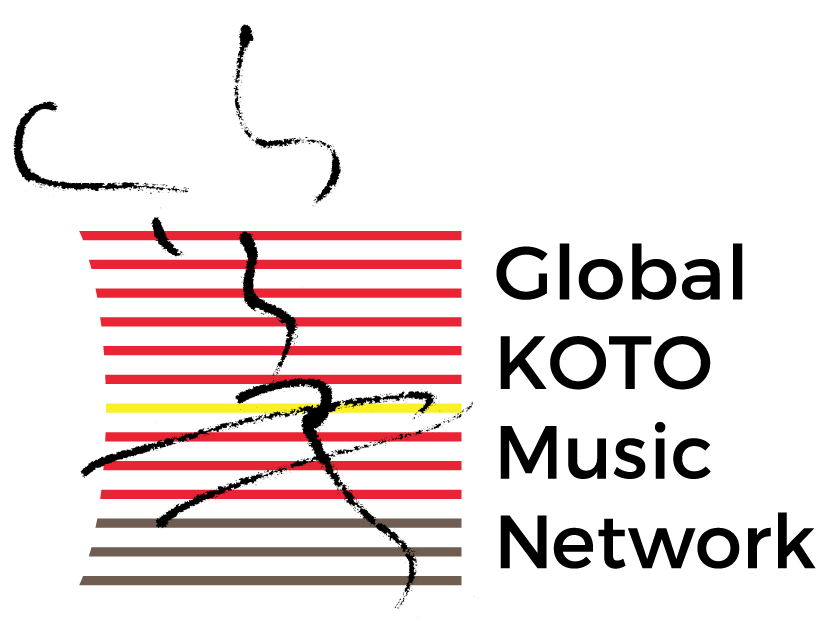About Global KOTO Music Network
During the COVID-19 pandemic in 2020, koto players form around the world gathered online to create two music videos. Their aim was to keep the spirit of hope alive during difficult times through the power of music. Sadly one of the musicians, Makiko Goto, passed away during the COVID lockdown. Her tragic death inspired the group to preserve the music they had created with Makiko – and to promote their music to the next generation of koto players. These events galvanised the group to establish the Global Koto Music Network.
Many of the musicians that appeared in the two videos, “OKOTO” and “Hana Ikada”, were taught by Tadao and Kazue Sawai, two masters of the koto who took it around the world, beyond its traditional Japanese boundaries. The Network carries the DNA of Tadao and Kazue Sawai and this website is dedicated to these legendary musicians and teachers.
Although Tadao passed away in 1997, he remains a towering figure in the history of koto music; recognised not only for his mastery of the instrument, but also for his profound compositions. Kazue’s collaborations with musicians from different genres and countries have opened new horizons for koto music. Part of her mission was to send Japanese students to places such as Honolulu, Sydney, Connecticut, San Diego and Manila, where koto music was previously unknown. These koto players have established themselves in their new cultural environments, helping koto music to blossom around the world. These skilful and talented musicians are testimony to Tadao and Kazue’s vision and their philosophy that the koto should not be confined to Japan, but should become part of the global music scene.
Our Logo

13 stripes represent the 13 strings on the KOTO. Red is the colour for Japan, the birth country of KOTO. Yellow is the colour of the silk strings. Brown is the colour of wood, the base material of KOTO. The calligraphy of the word “箏 (KOTO)” by Tadao Sawai. This logo expresses the harmony of KOTO.
